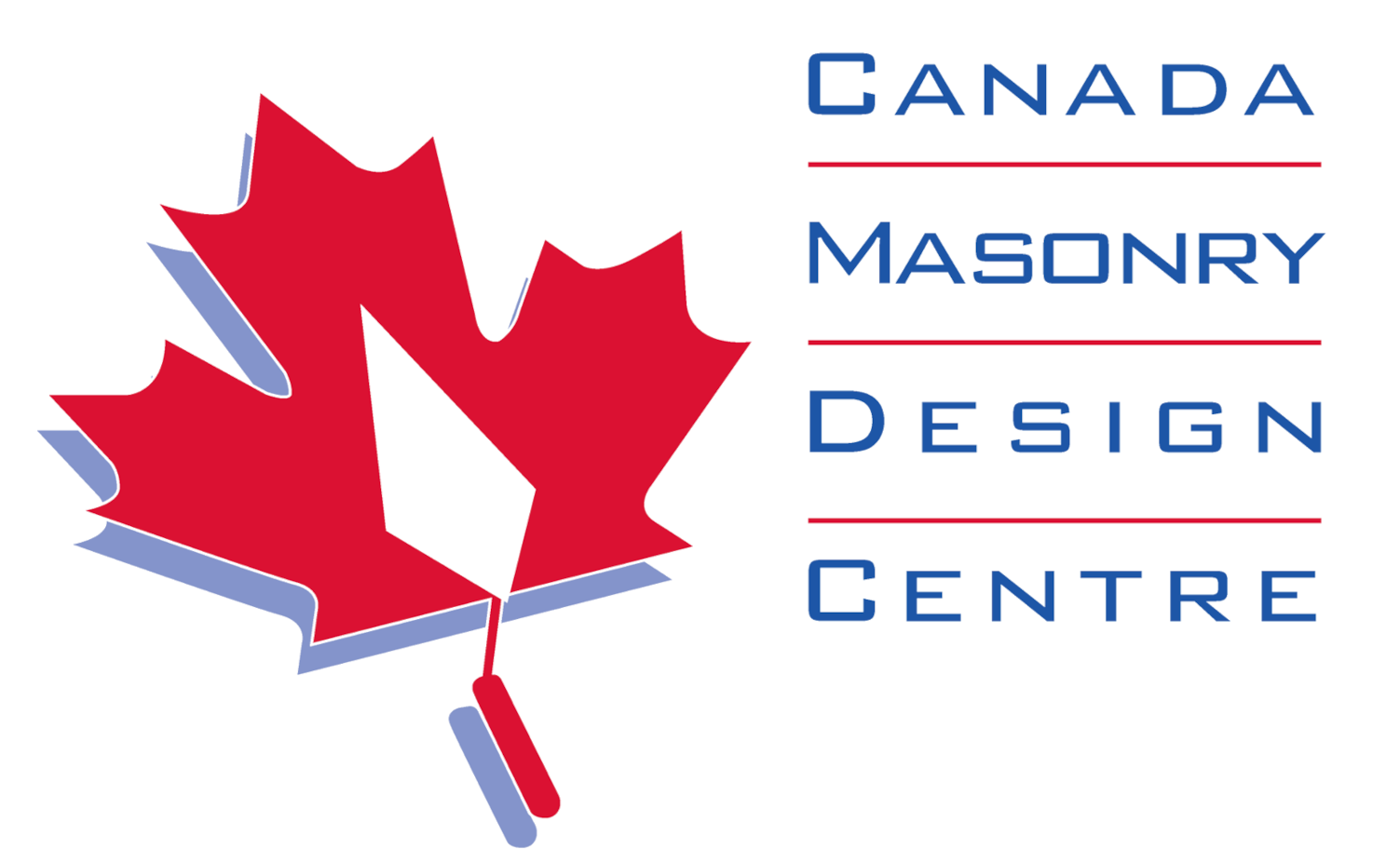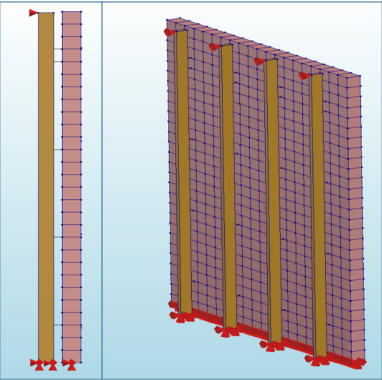Chee Yin Lam, Mark J. Masia, Igor A. Chaves, and Md Akhtar Hossain
i Ph.D. Student, The University of Newcastle, Callaghan, Australia, cheeyin.lam@uon.edu.au
ii Professor, The University of Newcastle, Callaghan, Australia, mark.masia@newcastle.edu.au
iii Associate Professor, The University of Newcastle, Callaghan, Australia, igor.chaves@newcastle.edu.au
iv Research Associate, The University of Newcastle, Callaghan, Australia, akhtar.a.hossain@newcastle.edu.au
ABSTRACT
Wall tie deterioration in masonry veneer and cavity wall systems is a critical issue that affects the structural reliability of many existing masonry structures. Destructive means are often used to assess the condition of ties, and this can be uneconomical and cause disruption to building use. A non-destructive, vibration-based method was utilized in this study to collect vibration measurements of a masonry veneer wall in its undamaged state along with four different wall tie deterioration cases. For damage identification purposes, a finite element model of the experimentally tested veneer wall was first constructed, and the updating process was then performed to optimize critical material properties that best simulate the experimentally recorded behaviour of the undamaged veneer wall. Utilizing the calibrated reference state model, sample points with varying Young’s moduli of wall ties at different locations were strategically selected using the design of experiments methodology to generate an appropriate response surface polynomial model for each of the six natural frequencies. The simplified polynomial models replaced the complex model in the finite element analysis software and were further utilized in the optimization process. The optimization of the Young’s moduli of wall ties was then performed to minimize the difference between the experimental and simulated natural frequencies. This finite element model updating approach showed promising performance in terms of condition assessment of wall ties, where the damaged states were reflected by the optimized Young’s moduli of wall ties.
KEYWORDS: finite element model updating, masonry, optimization, response surface model, wall tie.
048-Lam.pdf



